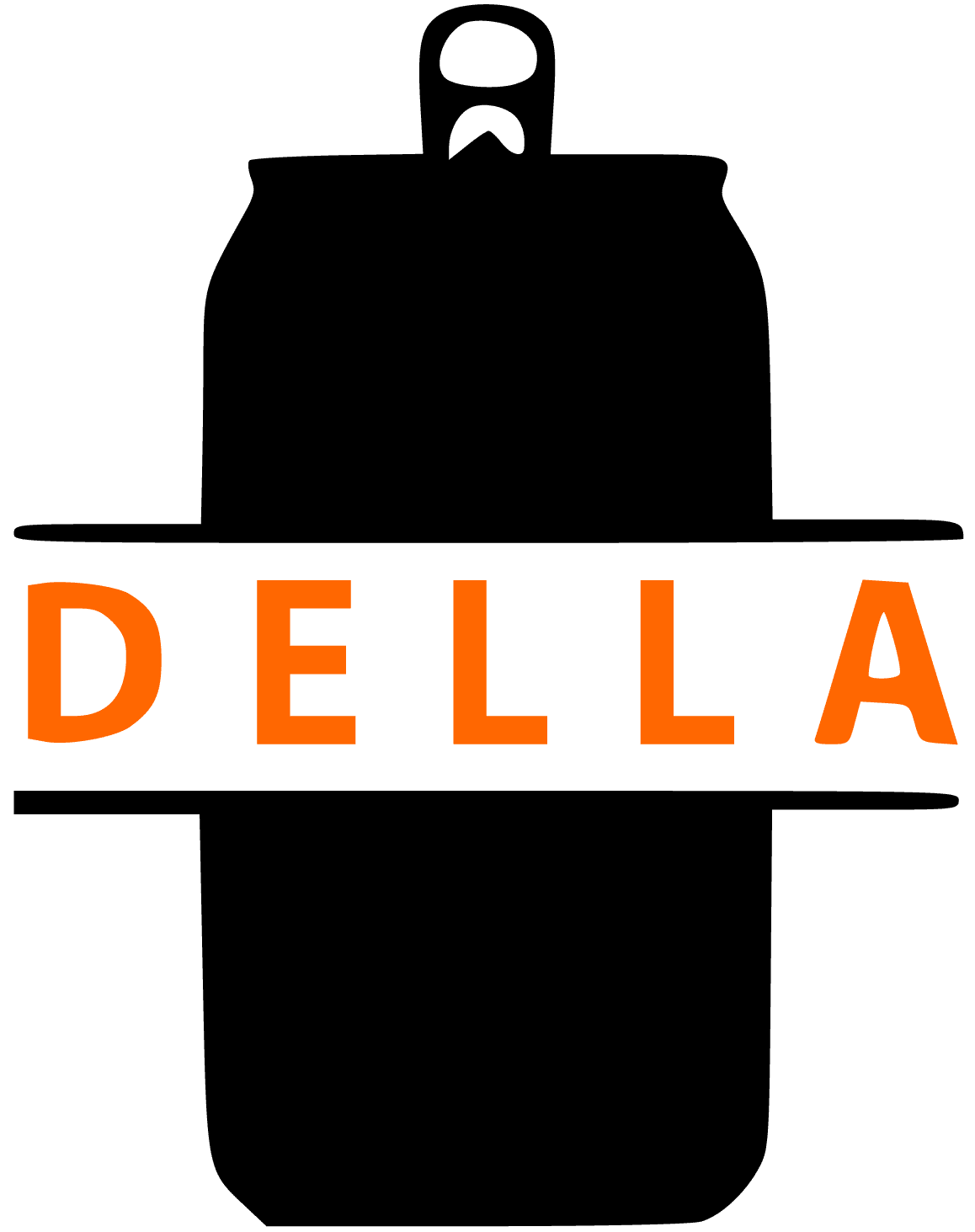Lids
Della provides aluminum easy open can ends that allow ultimate durability and integrity and maintain freshness and flavor for the contents inside the cans. All Aluminum lids are food-grade.
Manufacturing Process of Easy Open End lids
Manufacturing Process of Easy Open End lids
The manufacturing process of easy open end (EOE) aluminum lids is a precise and intricate process, involving several stages from raw material selection to the final product. Here's a detailed description of how these lids are made:
1: Raw Material Selection:
Aluminum Coils: The process begins with large rolls of aluminum. Aluminum is preferred for its lightweight, corrosion resistance, and ease of shaping. The thickness of the aluminum coil is chosen based on the end-use of the lid.
2: Cutting and Shaping
Blank Cutting: The aluminum coil is unrolled and cut into smaller, circular pieces known as blanks. These blanks are the precursors of the lids.
Drawing and Redrawing: Through a series of drawing and redrawing steps using high-precision presses, these blanks are formed into a shallow cup shape. This process is crucial for forming the basic structure of the lid.
3: Scoring and Paneling
Scoring: A key step in making EOE lids is scoring. Scoring involves creating a weakened line on the lid where the lid will be opened. This line is crucial as it defines the ease of opening and ensures a clean break.
Paneling: This step involves creating a panel or a flat section that will house the opening mechanism. It's designed to accommodate the pull-tab or ring-pull.
4: Adding the Opening Mechanism
Attaching the Pull-Tab: The pull-tab or ring-pull is then attached. This is a critical component, as it's the part consumers interact with to open the can. The mechanism is usually riveted onto the panel section of the lid.
5: Coating and Decorating
Protective Coating: Aluminum lids are coated with a food-grade protective layer. This layer serves two purposes: it prevents corrosion and ensures that the aluminum does not react with the contents of the can.
Printing and Branding: The outer part of the lid can be printed with logos, product information, or decorative designs. This step is important for branding and consumer recognition.
6: Curling and Liner Application
Curling: The edges of the lid are curled to ensure a smooth and safe edge. This is important both for handling safety and for ensuring a good seal with the can body.
Liner Application: A liner material is often applied to the underside of the lid. This liner helps to seal the lid to the can body, ensuring that the product inside is airtight and secure.
7: Quality Control
Inspection: Each lid undergoes rigorous quality control checks. These checks include inspecting the integrity of the seal, the effectiveness of the opening mechanism, and the overall quality of the lid.
8: Packaging and Distribution
Packaging: Once approved, the lids are carefully packaged to prevent damage during transit.
Distribution: The finished lids are then distributed to beverage and food manufacturers for use in canning processes.













